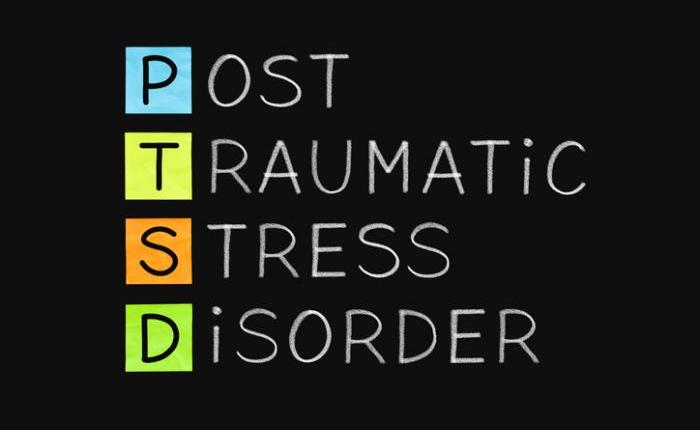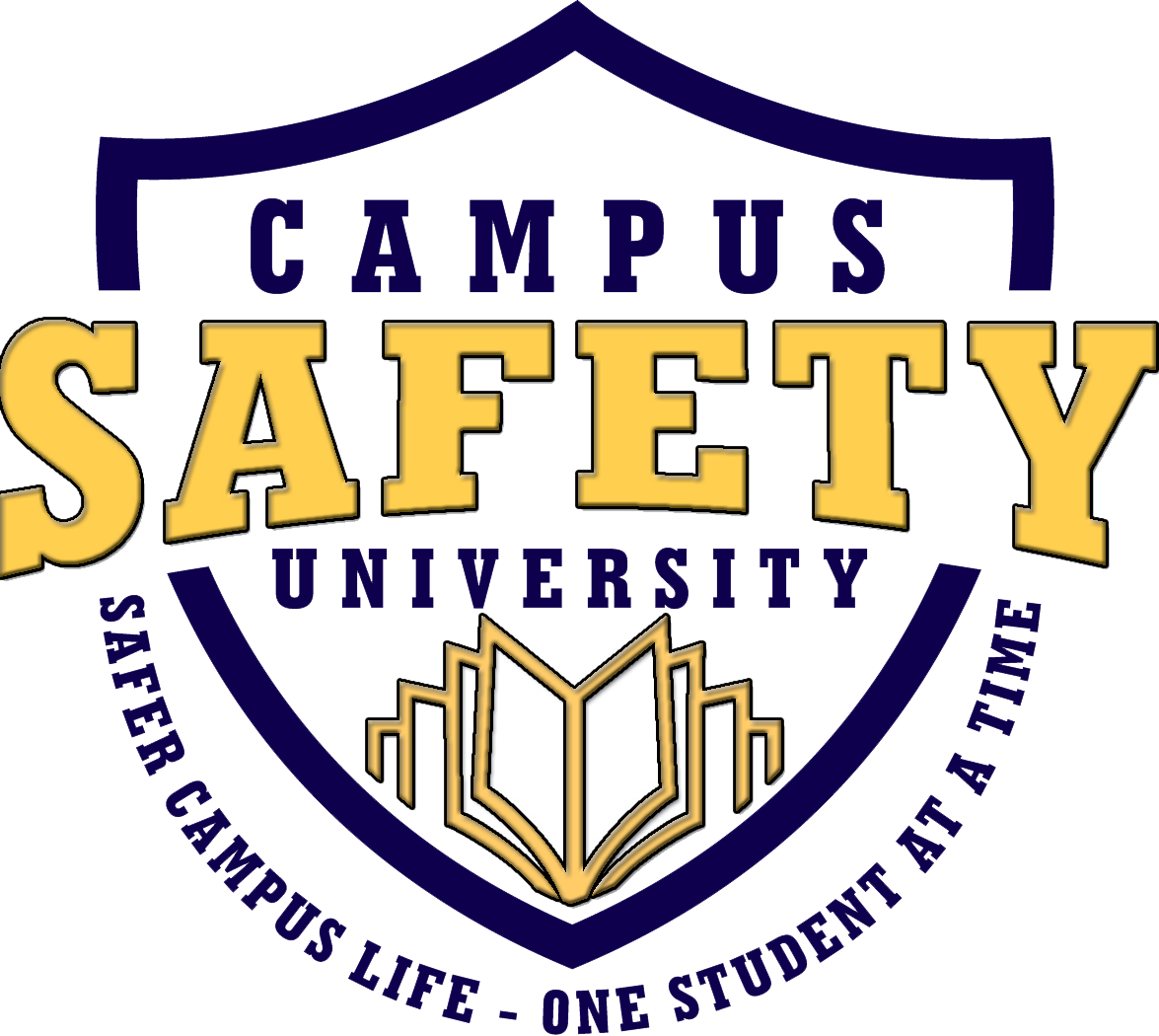CSU Blog
PTSD: How To Get Back On Track
- June 26, 2018
- Posted by: Pete
- Category: Bullying Cyberbullying General jealousy personal safety Physical safety Self-defense sexual assault sexual harassment stress violence

When we think of PTSD, or Post Traumatic Stress Disorder, most of the time our thoughts go out to soldiers who have been traumatized by the atrocities and shock of war.
However, many people suffer from PTSD who are not soldiers and have not been in combat as soldiers experience it. Men and women, young and old – it does not matter. There are a variety of things that can cause someone to experience trauma including:
- Sexual abuse or molestation
- Rape
- Combat exposure or being physically attacked
- Childhood neglect
- Childhood abuse
- Severe bullying
- Emotional abuse
- Mental abuse
- Physical abuse
- Being threatened with violence
- Psychological trauma such as watching someone being killed or raped
- Being kidnapped
- etc.
It is my sincere wish that none of these things happen to you, but if something does occur to you or around you that affects you in such a way that you experience PTSD in one form or another, know that you are not alone. In just the US Military, made up of around 2.5 million soldiers as of this writing, approximately 15%, or 375,000 servicemen and women experience PTSD. That is a staggering number from just one source!
One of the non-traditional ways that you can begin to heal is through martial arts training.
Although not a replacement for traditional & costly PTSD solutions (which typically involve medication and various therapies with a low success rate), martial arts training has been proven to be an important coping mechanism for those suffering from PTSD.
There are two main areas of benefit – the physical and the non-physical.
- First, from a physical standpoint it is a way to:
- get back in shape, stay in shape or reduce stress
- it can be done by anyone, at any age and even by those with physical limitations
- as with other forms of physical exercise, benefits include lowering blood pressure, strengthening the cardiovascular system, improving muscle tone and strength, reducing body fat, and strengthening bones
- naturally reduces stress and pain due to the release of endorphins – the body’s natural painkillers. Endorphins reduce your perception of pain and trigger a natural, positive feeling in the body which can be very energizing. In fact, many people who suffer from PTSD have difficulty sleeping, but endorphin release actually improves quality of sleep! Physical exercise in any form is good for those suffering from PTSD.
- Second, from a non-physical standpoint, the benefits are many:
- it can be therapeutic, allowing those who have been exposed to traumatic situations a way to begin to deal with those experiences by giving them a tool to do so
- improves concentration by forcing you to focus on what you are experiencing whether you are sparring, performing self-defense techniques, doing forms, or breathing techniques. This helps your mind, body and spirit!
- can be an alternative to medication and therapy
- helps improve mood so you become happier and less anxious
- can even help to manage and channel uncontrollable anger or rage
If you are interested in learning more, I urge you to do your homework:
- See what schools are around and what styles they teach (traditional vs. modern, etc.)
- Determine what your monthly budget is for training
- Check out their training schedules are to see if they fit your schedule
- Talk to the teacher and other students to see if you might “fit in” there in terms of ages, personalities, proficiency, guiding precepts, etc.
- If you have a tough time deciding, choose who you feel is the best teacher for youTo learn more, or if you have any questions, please visit our school’s website at http://htkdi.com, call me at 570-288-3536 or email me at MasterPete@htkdi.com
